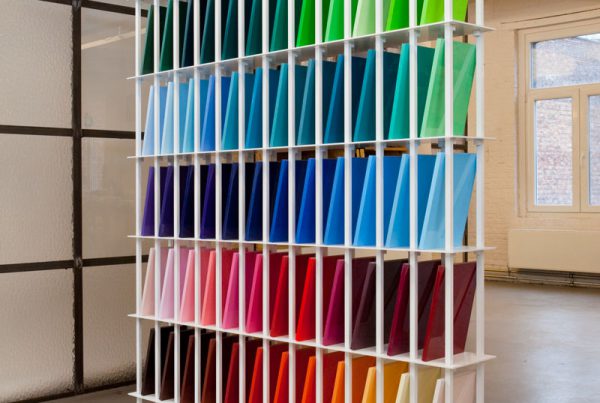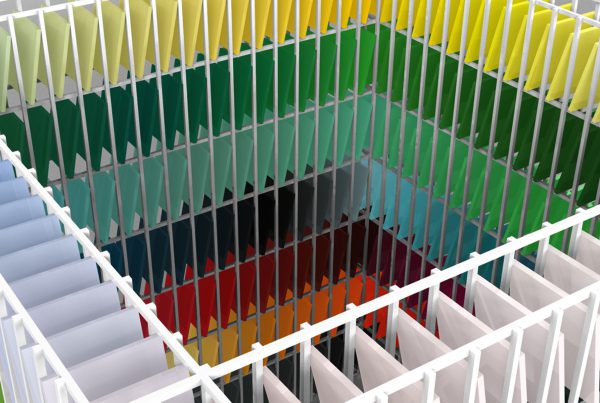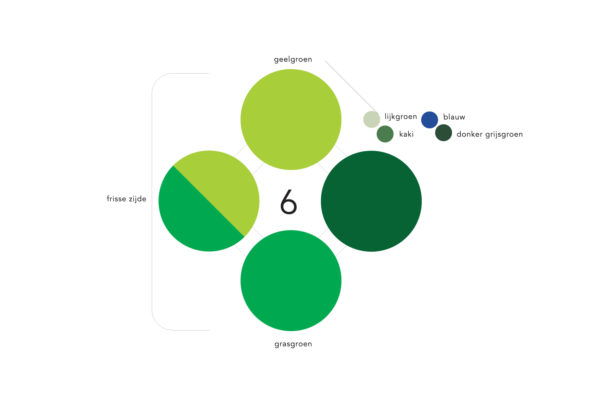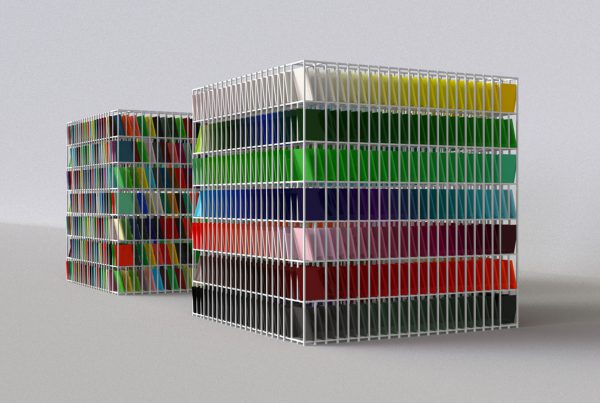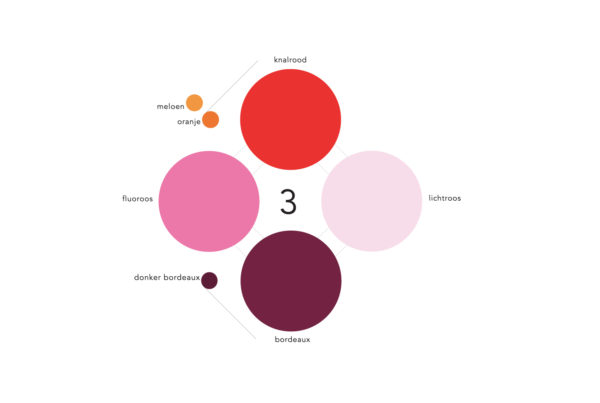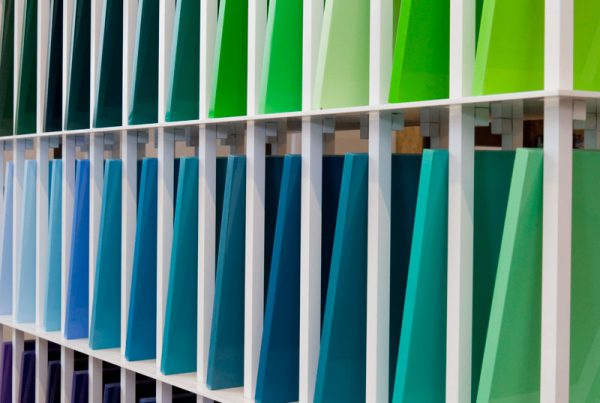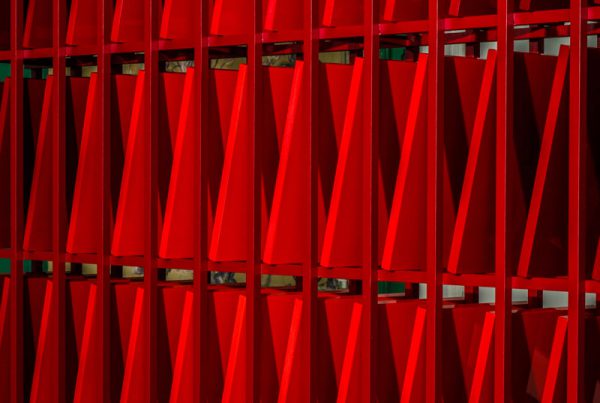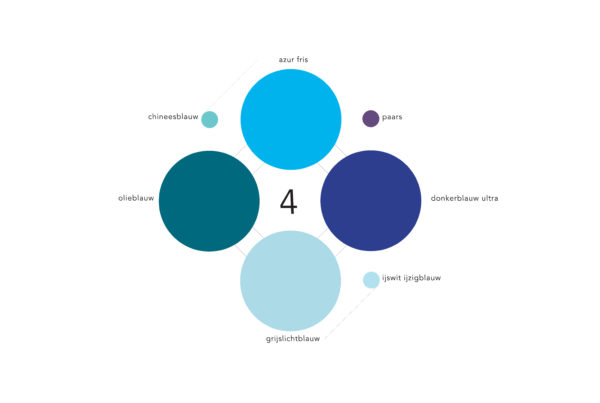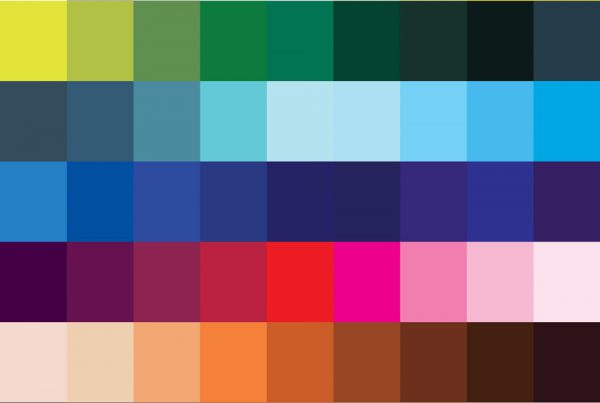BES ’Color Cabinet – Research and Development has the appeal of a kaleidoscope, despite the clear principle of ordering that determines the composition of colors. The cube, a geometric structure in three dimensions, consists of rhythmically archived color plates of aluminum. It is a spatial color scheme in seven floors and four planes with … color plates that relate to each other at the same distance and in the same angle.
As an aesthetic object, this “color cabinet” sensitizes any space. After all, she is too “clean” to look past. It is a matter of looking into it and through it or walking around at pace to be kaleidoscopically stimulated and to play the game of colors.
As a conceptual work of art, the cupboard is a study object that formulates an answer to a number of centuries of color theory and logic. Red, blue (and yellow) are the parameters for the study of color as a whole. This applied to all influential, “modern” color theories of Eugène Chevreul, Johannes Itten or Ogden Rood, but also to Mondrian’s paintings. Who’s Afraid of Red, Yellow and Blue? In nature there is only one dominant color: green.
Where is it green? In the past, green was the most difficult pigment to produce because it easily “fell” into a dull, brownish hue with as much appeal as a rotten potato. Mixtures of yellow and blue make a poor version of green de facto.



